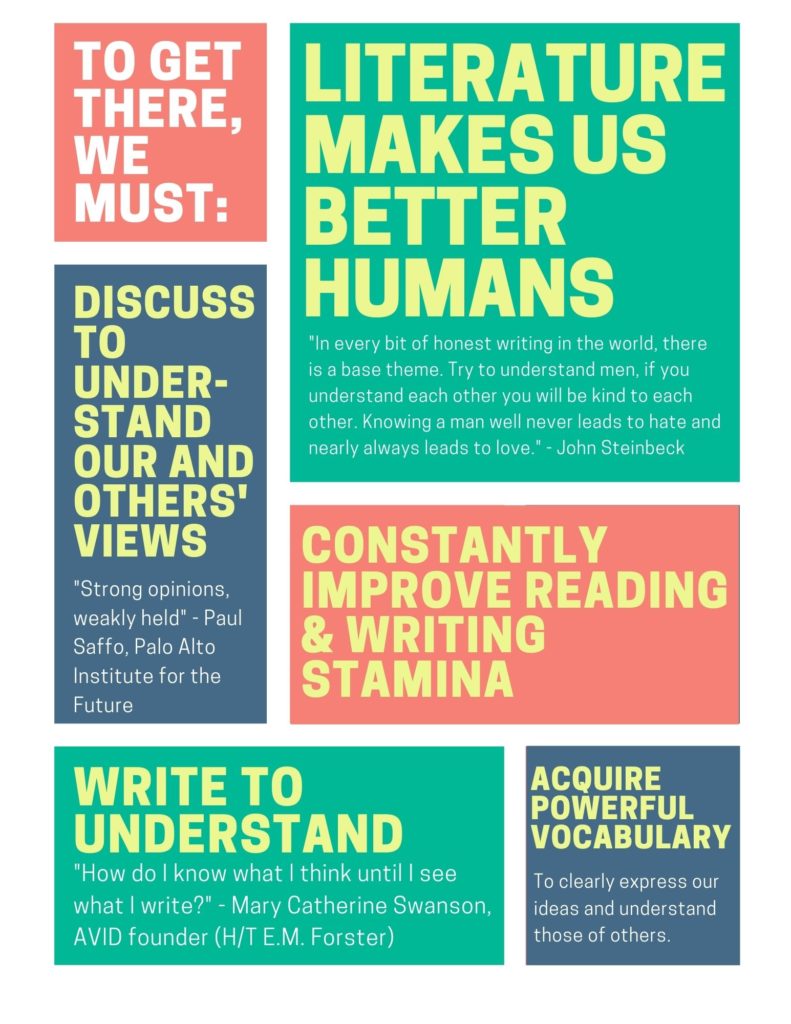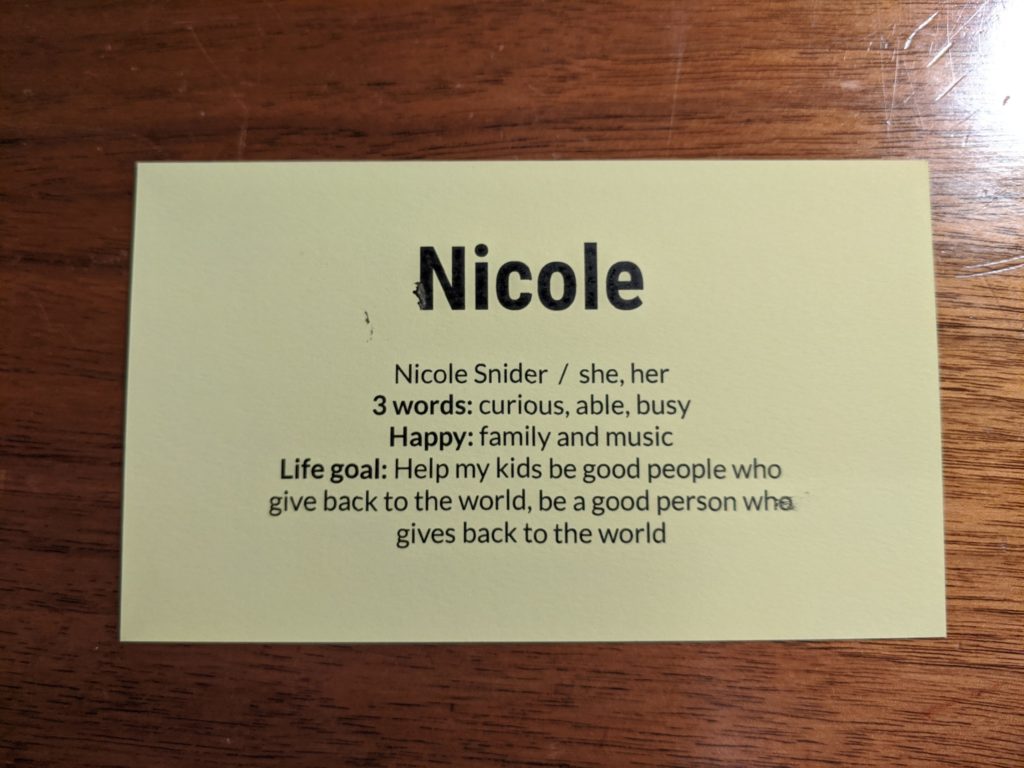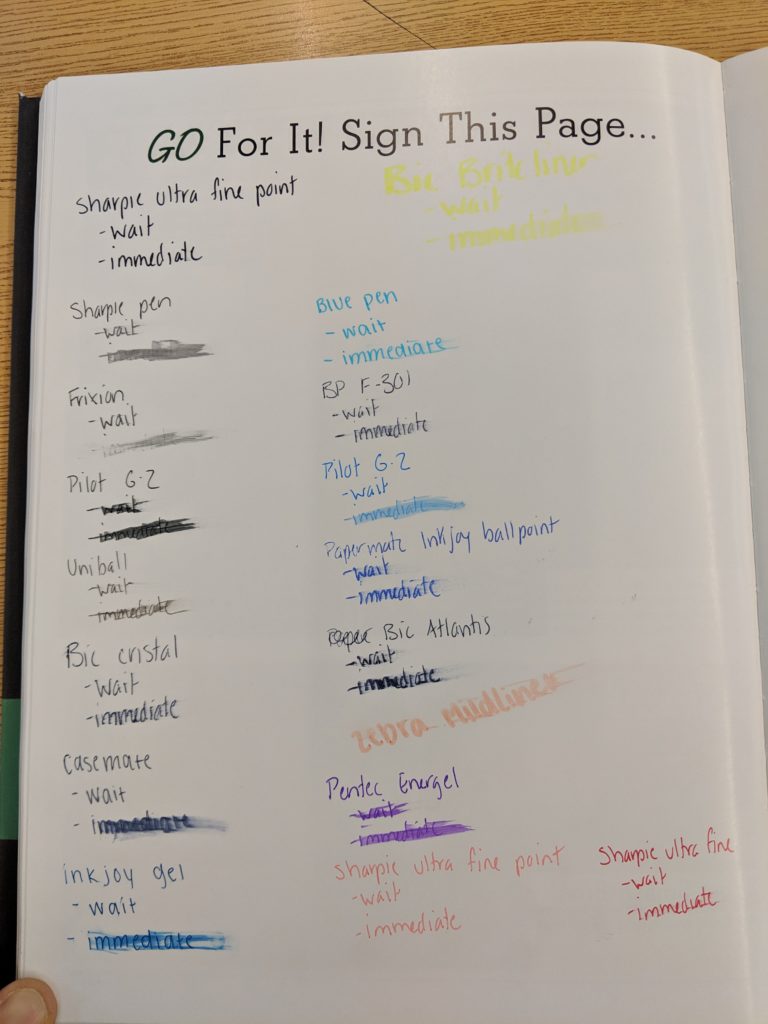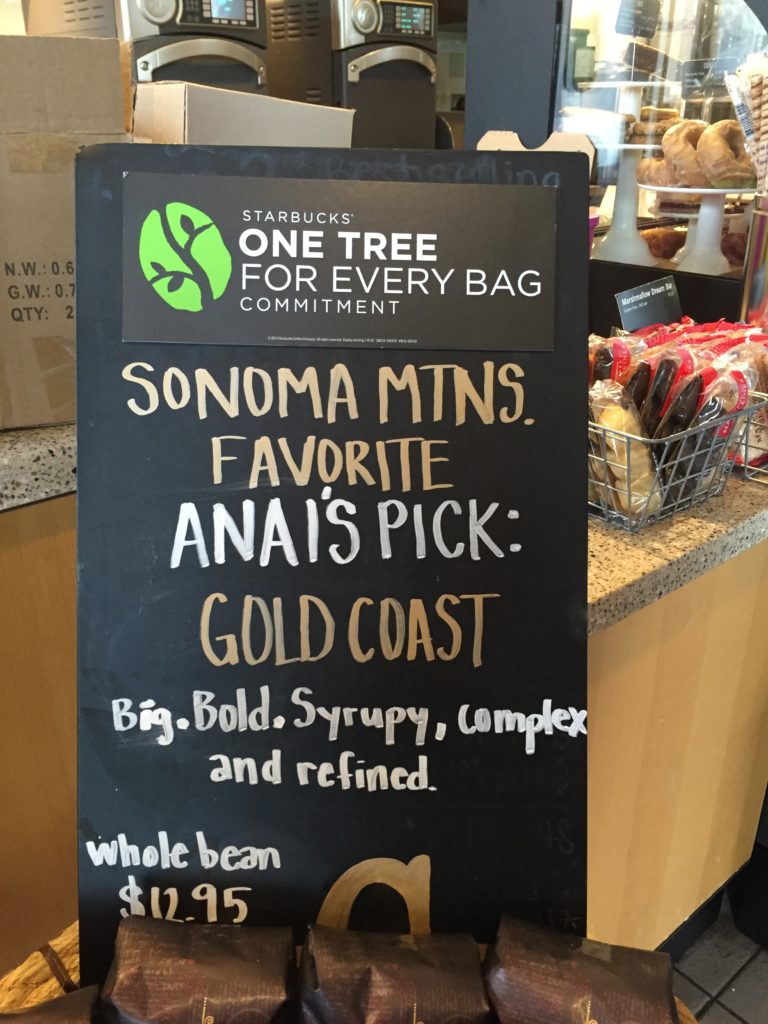Back in May, in what seemed like the middle (but was actually early days) of a pandemic, I switched schools. That seems (and seemed, even at the time) insane, but it was the first chance I’d seen in years to move to my dream district. It was a very, very good move.
I tried to revise my educational philosophy before I applied, but I felt so stuck. Distance teaching, especially in those early months, challenged many of my core beliefs both practically (how can you get half the room talking with a turn and talk when Google Meets didn’t offer breakout rooms?) and philosophically (what role does memorizing plot details take on when students are facing serious illness of loved ones, parents’ loss of income, housing and food insecurity, etc.).
Fast forward to December, eight months into distance teaching, this time with a whole new district, curriculum, schools (yes, plural), grade level (7th in addition to 10th), and kind of class (collab English). I need to buckle down and do the big-picture work, so I signed up for the Curriculum Rehab online course.
For the first module, I assessed my core beliefs and created a teaching manifesto. This still feels like a work-in-progress, but I like what I have so far.

I’m happy with the three quotes I’ve included, which are things I often think about in life and especially in teaching English. In particular, I’m glad that I was able to include the Paul Saffo quote, which I encountered via Stanford professor Bob Sutton back when I was an editor on a business management website.
Looking back at that original post, this lengthy quote from Sutton’s post stood out to me (emphasis added):
A couple years ago, I was talking the [Palo Alto Institute for the Future’s] Bob Johansen about wisdom, and he explained that – to deal with an uncertain future and still move forward – they advise people to have “strong opinions, which are weakly held.” They’ve been giving this advice for years, and I understand that it was first developed by Institute Director Paul Saffo. Bob explained that weak opinions are problematic because people aren’t inspired to develop the best arguments possible for them, or to put forth the energy required to test them. Bob explained that it was just as important, however, to not be too attached to what you believe because, otherwise, it undermines your ability to “see” and “hear” evidence that clashes with your opinions.
— Robert I. Sutton. “Strong Opinions, Weakly Held” posted on his Work Matters blog.



